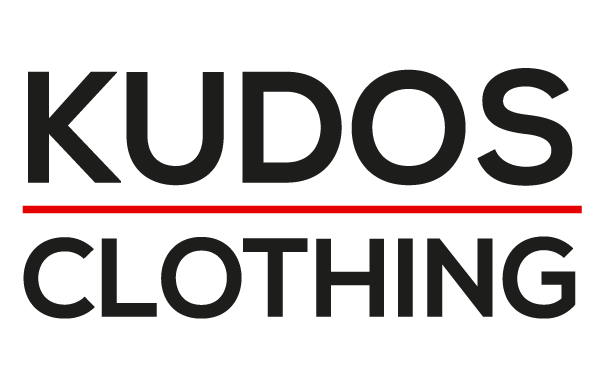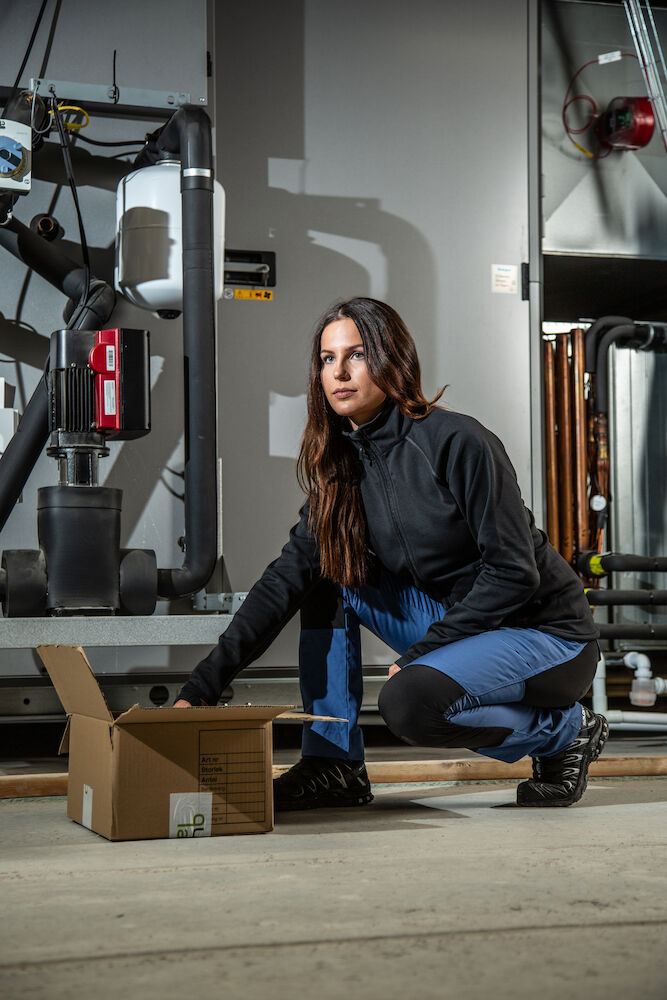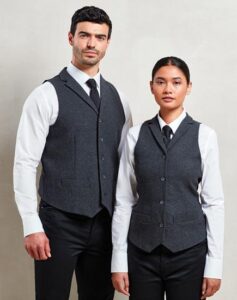Safety info for workwear & PPE
Navigating the labyrinth of EN (European Norm) standards for protective clothing can feel like deciphering ancient hieroglyphs.
Yet, for those braving hazardous environments, understanding these standards is as crucial as the gear itself. So, how do these standards ensure your high-visibility jacket isn’t just a fashion statement but a lifesaver?
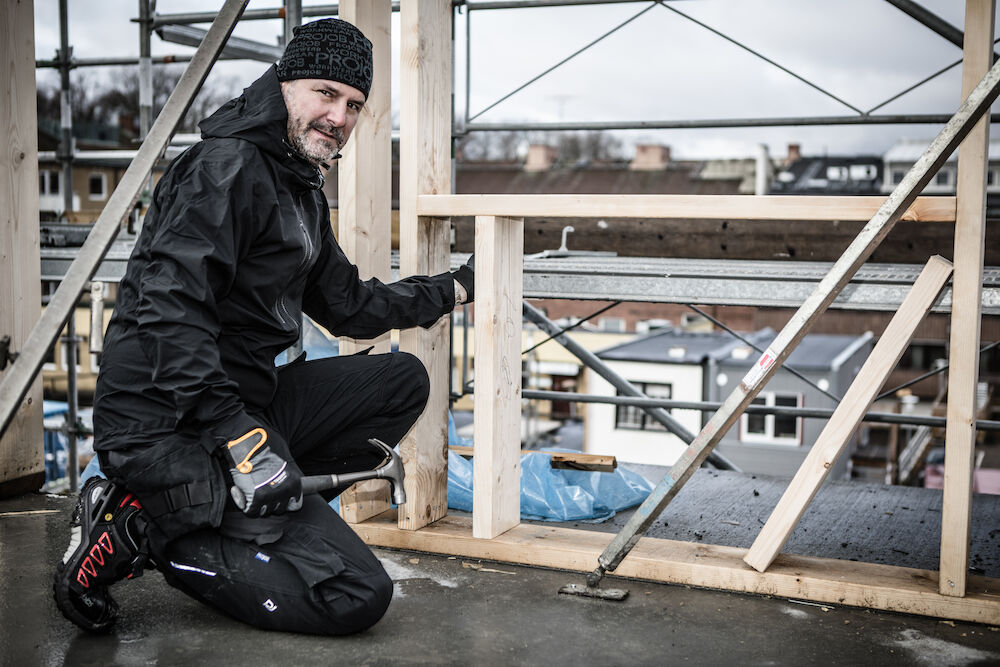
The Alphabet Soup of Safety
EN standards are the unsung heroes behind your protective gear, ensuring that what you wear isn’t just durable but also a shield against workplace perils. Here’s a breakdown of some key standards:
EN ISO 20471:2013 – High Visibility Clothing
This standard is the beacon in the fog, ensuring that high-visibility clothing does precisely what it promises: make you visible. The 2013 update brought several enhancements:
- Retro-Reflective Tape: Only Class 2 tape is permissible, ditching the less effective Class 1.
- Garment Design: Class 3 garments must cover the torso and include full-length sleeves or legs.
- Durability: Fluorescent materials must maintain colour and luminance even after multiple washes.
In essence, if you’re working where visibility is a matter of life and death, this standard has your back—and front.
EN 343 – Protection Against Rain
For those who don’t have the luxury of choosing their weather, EN 343 ensures your gear keeps you dry and comfortable. It assesses:
- Water Penetration Resistance (X): How well the fabric keeps water out.
- Breathability (Y): How effectively it allows moisture from sweat to escape.
A higher class number means better performance. So, next time you’re caught in a downpour, thank EN 343 for keeping you from becoming a human sponge.
EN 342 – Protection Against Cold
When temperatures plummet, EN 342-certified clothing steps in to prevent you from turning into an icicle. It evaluates:
- Thermal Insulation (A): The garment’s ability to keep warmth in.
- Air Permeability (B): How well it blocks cold winds.
- Water Penetration Resistance (C): Optional, but crucial for wet, cold conditions.
Layer up with EN 342 gear, and you’ll be ready to face the next Ice Age—or at least a British winter.
EN 1149 – Protective Clothing with Electrostatic Properties
In environments where a tiny spark can lead to a big bang, EN 1149 ensures your clothing doesn’t turn you into a walking tinderbox. It covers:
- Surface Resistivity: Prevents static build-up.
- Charge Decay: Ensures any static charge dissipates swiftly.
Essential for industries like petrochemicals, where safety is paramount, and static is the enemy.
EN ISO 11612 – Protection Against Heat and Flame
For those who work close to the heat, literally, this standard ensures your clothing doesn’t add fuel to the fire. It specifies:
- Limited Flame Spread (A): How well the fabric resists igniting.
- Convective Heat (B) and Radiant Heat (C): Protection levels against different heat exposures.
Whether you’re welding or firefighting, EN ISO 11612 is the shield against the flames.
Decoding the Labels
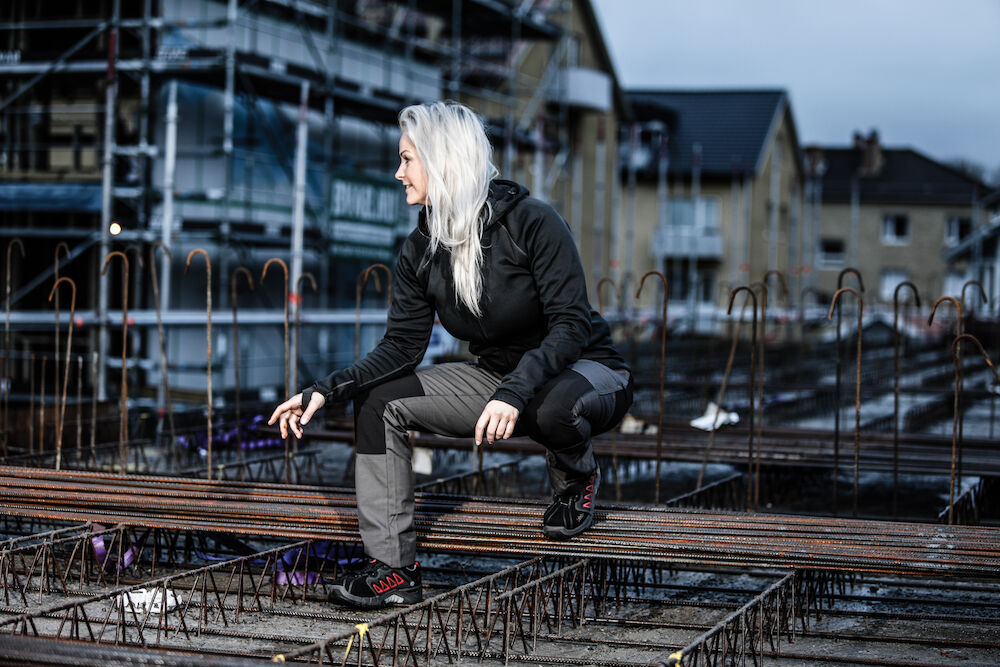
Understanding these standards is one thing; interpreting the labels on your gear is another. Each standard comes with its own set of pictograms and performance levels. For instance, an EN ISO 20471 label will indicate the class of visibility protection, guiding you to choose the right gear for your job.
Why It Matters
Compliance with these EN standards isn’t just about ticking boxes; it’s about ensuring that when you’re in the line of fire—sometimes literally—your gear performs as promised. So, next time you don your high-vis jacket or raincoat, take a moment to appreciate the standards that have got you covered.
“Understanding EN standards transforms protective clothing from mere fabric into life-saving armour.”
Case Study: High-Visibility Clothing in Road Construction
In the bustling world of road construction, workers are often perilously close to moving vehicles, making visibility a critical safety concern. A leading construction firm recognised this risk and decided to overhaul their safety gear in line with EN ISO 20471 standards.
The Challenge
The company’s existing high-visibility clothing was a hodgepodge of various brands and standards, leading to inconsistent protection levels. Workers reported that some garments faded quickly, reducing their effectiveness, while others were uncomfortable, leading to non-compliance in wearing them.
The Solution
Partnering with a reputable PPE supplier, the company introduced a new line of high-visibility clothing certified to EN ISO 20471 standards. The gear featured:
- Class 3 Protection: Ensuring maximum visibility with garments covering the torso and full-length sleeves.
- Durable Fluorescent Materials: Fabrics that maintained colour and luminance even after multiple washes.
- Comfort-Focused Design: Breathable materials and ergonomic fits to encourage consistent use.
The Outcome
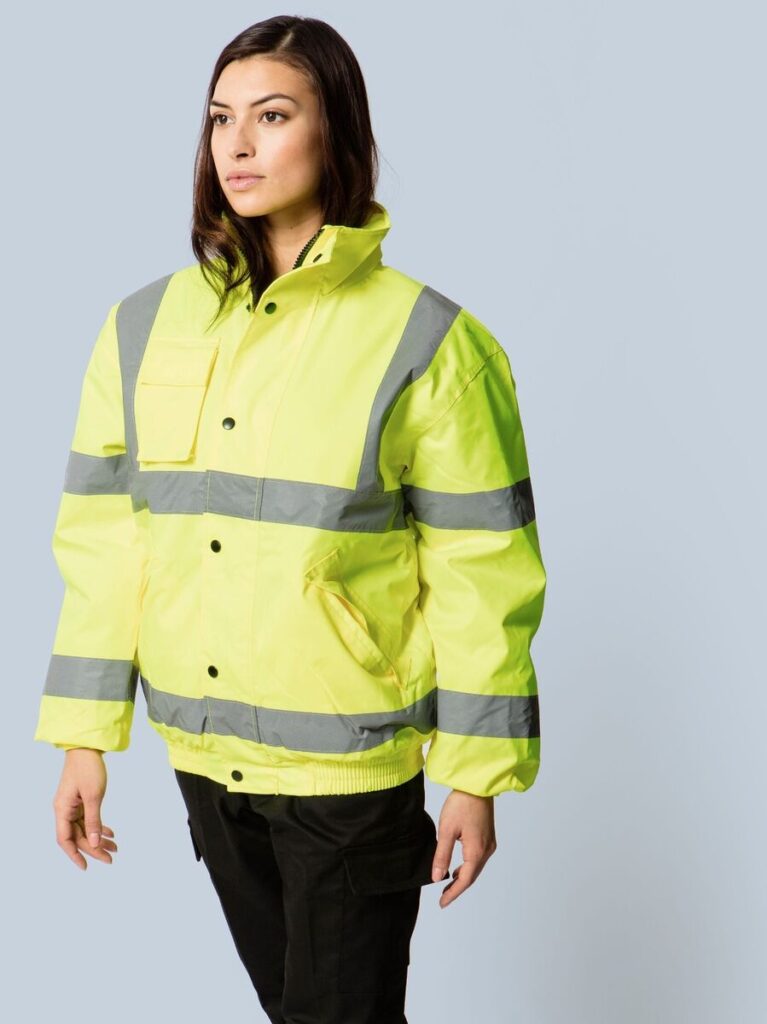
Post-implementation, the company saw a significant reduction in near-miss incidents related to visibility. Workers reported higher satisfaction with the new gear, citing comfort and confidence in their safety. The standardised clothing also simplified compliance checks and procurement processes.
This case underscores the importance of adhering to EN standards—not just for regulatory compliance but as a tangible measure to enhance worker safety and morale.
Ensure your protective clothing is more than just a uniform. Dive into the world of EN standards and equip yourself with gear that stands up to the hazards of your job. Your safety isn’t negotiable; make sure your gear reflects that.
